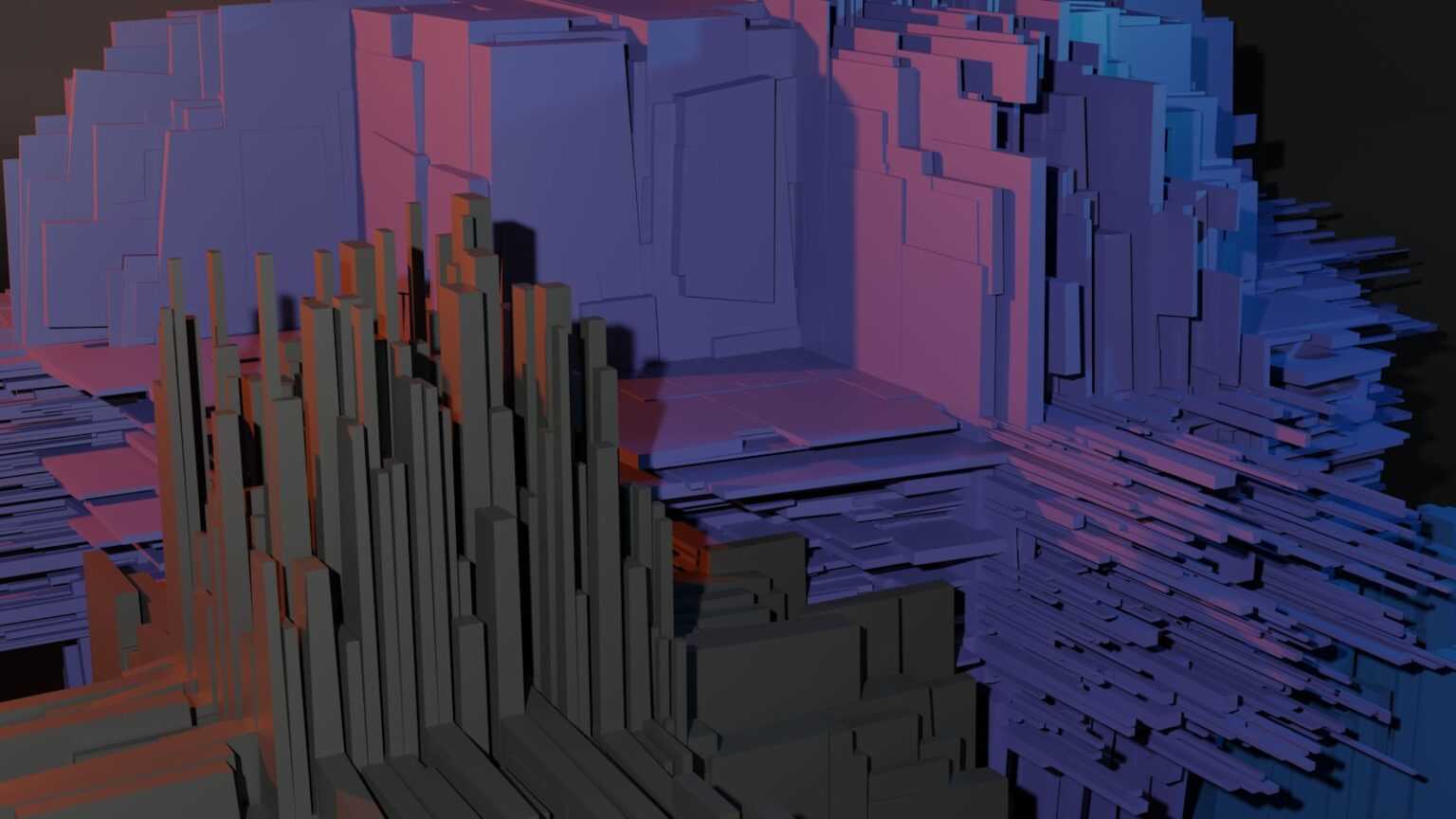Determining whether a problem belongs to class P or is NP-complete requires rigorous assessment through polynomial-time reduction. This method transforms one problem into another, preserving solvability and enabling precise classification of their intrinsic difficulty. Evaluating such transformations facilitates the identification of tasks that resist efficient algorithms.
The distinction between classes like P, NP, and PSPACE highlights varying degrees of resource demands, particularly time and memory. Problems proven to be complete for these sets exhibit maximal complexity within their category, serving as benchmarks for computational intractability. Investigating these boundaries sharpens understanding of algorithmic limitations.
Measuring the degree of challenge posed by specific decision problems involves analyzing their membership in hard subclasses under well-established reductions. By systematically applying these techniques, one can map the structural landscape of problem difficulty, guiding both theoretical research and practical approaches to algorithm design.
Complexity theory: computational hardness analysis
Understanding the classification of problems within P, NP, and PSPACE provides a rigorous framework for evaluating the feasibility of cryptographic protocols used in blockchain systems. Problems classified as NP-complete signify that their solutions can be verified efficiently, but finding those solutions lacks known polynomial-time algorithms. This distinction is vital when assessing consensus mechanisms or zero-knowledge proofs, where security depends on the infeasibility of solving certain underlying mathematical problems within practical time frames.
The concept of reduction plays a central role in establishing relationships between problem classes by transforming one problem into another with comparable difficulty. In blockchain science, reductions enable researchers to demonstrate that breaking a particular cryptographic primitive would imply an ability to solve an already established difficult problem, thereby reinforcing trust in the protocol’s resilience. For example, reductions from subset-sum or discrete logarithm problems to signature forgery highlight the intrinsic connection between computational challenges and system integrity.
Evaluating Problem Classes in Blockchain Contexts
The class P encompasses decision problems solvable efficiently using deterministic algorithms–a desirable attribute for transaction validation and block verification processes. However, many cryptographic assurances rely on assumptions about problems residing outside P, typically within NP or even higher complexity classes like PSPACE. PSPACE includes problems solvable using polynomial space resources regardless of time constraints; this broadens considerations for security beyond mere time-bound computations and invites exploration into space-bound adversarial capabilities.
Hardness characterization through completeness notions–such as NP-completeness or PSPACE-completeness–provides benchmarks against which new cryptographic constructs are measured. For instance, interactive proof systems employed in some privacy-preserving blockchain applications relate directly to PSPACE-complete languages, suggesting that attackers would require immense resources to compromise these protocols fully. Empirical studies examining lattice-based cryptography further illustrate how complexity classifications impact resistance against quantum computing threats.
Detailed experimental investigations often involve constructing explicit reductions between known difficult problems and novel blockchain-related challenges. By systematically mapping instances from canonical NP-hard problems like 3-SAT onto cryptographic puzzles embedded in consensus algorithms, researchers can quantify expected resource requirements for adversaries attempting to subvert network security. This approach fosters incremental understanding by correlating theoretical difficulty with practical attack surfaces under varying computational models.
Exploring complexity beyond classical bounds encourages innovative protocol designs that leverage hard-to-solve mathematical structures while maintaining operational efficiency. Recent advances integrating parameterized complexity insights have yielded adaptive encryption schemes whose security dynamically adjusts based on quantifiable measures of input size and structure. Such developments exemplify how foundational classifications inform progressive experimentation aimed at balancing robustness with scalability in decentralized ecosystems.
Hardness assumptions in cryptography
The foundation of cryptographic security relies on specific assumptions regarding the difficulty of solving certain mathematical problems. These assumptions serve as the bedrock for designing protocols resistant to adversarial attacks, ensuring data confidentiality and integrity. For instance, the presumed intractability of factoring large composite numbers underpins RSA encryption, while the discrete logarithm problem supports schemes like Diffie-Hellman key exchange.
Establishing these assumptions involves rigorous evaluation through problem classification within well-studied complexity classes such as P and PSPACE. The relationship between these classes provides insight into potential vulnerabilities or strengths of cryptographic primitives by indicating whether efficient algorithms could exist to solve underlying problems. This systematic categorization guides protocol designers toward selecting problems whose resolution is believed to require exponential resources.
Reduction techniques and their role in validating cryptographic challenges
Reductions act as crucial tools for comparing the relative difficulty of computational tasks. By demonstrating that solving one problem efficiently would imply an efficient solution to another known hard problem, researchers create a chain of trust linking new cryptographic challenges to established benchmarks. For example, many lattice-based schemes rely on reductions from worst-case lattice problems to average-case instances, strengthening confidence in their security.
These transformations not only affirm theoretical robustness but also allow practical experimentation by simulating adversaries attempting to break protocols under various resource constraints. Tracking how reductions preserve or amplify complexity parameters enables a stepwise experimental approach where hypothetical breakthroughs in algorithm design can be immediately tested against existing security frameworks.
- P-class completeness: Problems solvable in polynomial time serve as baselines for efficiency but are generally unsuitable for cryptographic use due to tractability.
- PSPACE involvement: Certain decision problems fall into this class, encompassing all polynomial space computations; some cryptographic constructs explore hardness beyond NP-completeness by considering PSPACE-hardness.
- Average-case vs worst-case complexity: Establishing reductions between these scenarios remains a pivotal research area impacting real-world applicability of theoretical models.
The intersection of these classifications informs ongoing experiments aimed at understanding whether quantum algorithms might compromise classical assumptions or if alternative formulations offer stronger resilience. For instance, post-quantum cryptography investigates problems outside currently vulnerable classes, often involving novel lattices or multivariate polynomials with no known polynomial-time attacks even under quantum paradigms.
An empirical methodology focusing on iterative testing of candidate hardness assumptions encourages transparency and reproducibility. Researchers implement benchmark suites simulating adversarial conditions aligned with anticipated technological advances. Such frameworks enable incremental validation steps from hypothesis formation through algorithmic trials towards consensus about foundational problem difficulty within the community.
This scientific inquiry parallels laboratory experimentation: hypothesize a challenge’s resistance based on structural properties; design reduction proofs mapping it onto recognized difficult problems; execute computational tests measuring performance bounds; refine models according to observed behavior; and ultimately establish confidence levels applicable across blockchain-based systems requiring robust encryption mechanisms.
NP-completeness in blockchain protocols
Verifying certain properties within blockchain protocols, such as consensus validation or smart contract execution correctness, often involves problems classified under NP-complete sets. This classification implies that these problems are reducible to each other in polynomial time, indicating that no known algorithm can solve all instances efficiently (i.e., in polynomial time), assuming P ≠ NP. For example, the verification of state transitions in complex decentralized applications may require solving satisfiability or graph isomorphism issues embedded within the protocol logic, directly linking blockchain security with classical computational challenges.
Reduction techniques serve as vital tools to understand the relationship between blockchain tasks and well-established NP-complete problems. By transforming a problem like transaction ordering into a known NP-complete problem such as Hamiltonian Path or Subset Sum, researchers can rigorously assess the intrinsic difficulty of achieving optimal solutions on-chain. Such reductions not only clarify theoretical limits but also guide practical protocol design by highlighting areas where heuristic or approximate methods are necessary to maintain system performance and scalability.
Exploring complexity classes beyond NP
Certain blockchain protocol components extend beyond NP into PSPACE, involving problems solvable with polynomial space but potentially exponential time. Protocol analysis for zero-knowledge proofs and recursive SNARK constructions exemplify this elevated complexity level. These protocols depend on interactive proof systems where verifying membership might demand traversing exponentially large state spaces encoded succinctly. Identifying whether these constructions remain tractable under realistic resource constraints is critical for secure deployment and long-term sustainability of blockchains reliant on advanced cryptographic primitives.
Experimentally probing these complexity boundaries encourages iterative hypothesis testing through automated theorem proving and simulation environments tailored for distributed ledgers. By mapping out precise computational requirements for various consensus mechanisms or contract verification algorithms, one can prioritize optimizations that reduce worst-case scenario overheads. This approach fosters an empirical understanding of how theoretical classifications influence real-world blockchain designs, offering a pathway to innovate while respecting fundamental computability constraints inherent in decentralized systems.
Computational Limits of Consensus Algorithms
Consensus protocols in distributed systems are fundamentally constrained by the boundaries set by complexity classes such as P, NP, and PSPACE. Establishing agreement among decentralized nodes requires solving problems that often map onto well-known computational challenges, many of which resist polynomial-time solutions. For example, Byzantine fault tolerance mechanisms must contend with problem instances reducible to NP-complete decision tasks, indicating inherent scalability trade-offs.
Reductions from classical decision problems provide a rigorous framework for understanding the feasibility of consensus algorithms. By transforming known NP-hard problems into consensus-related verification or validation steps, researchers demonstrate that achieving deterministic finality under adversarial conditions can demand resources beyond polynomial bounds. This insight guides protocol designers toward probabilistic or heuristic approaches to circumvent intractability.
Exploring Verification Complexities Within Consensus
The verification phase in consensus protocols–ensuring state consistency and transaction validity–often encroaches upon PSPACE-complete territory. For instance, executing smart contract logic within blockchain consensus may require evaluating nested quantifiers and state transitions equivalent to PSPACE problems. Experimental studies illustrate that certain on-chain computations push the envelope of what current consensus mechanisms can efficiently handle without compromising throughput.
To experimentally investigate these limits, one may construct controlled network simulations where the underlying decision problem is parameterized by input size and adversarial behavior intensity. Measuring time-to-consensus and resource utilization across different complexity thresholds reveals critical inflection points. Such empirical data supports hypotheses about the practical viability of various algorithmic designs when theoretical upper bounds approach infeasibility.
- Case Study: Practical evaluation of leader election protocols shows exponential growth in message complexity correlating with increased fault tolerance requirements.
- Observation: Reductions from graph coloring problems highlight potential bottlenecks in partition-based consensus strategies.
- Experiment: Simulated Byzantine environments demonstrate how increasing node counts affect decidability within bounded rounds.
The juxtaposition of P-class solvable tasks against NP-hard subproblems within consensus reveals a layered computational landscape. While some phases permit efficient resolution via polynomial algorithms (e.g., cryptographic signature verification), others necessitate navigating higher complexity classes through approximations or multi-round protocols. These insights encourage modular protocol architectures separating tractable components from inherently complex ones.
A promising avenue involves leveraging reductions not only for theoretical classification but also as tools for protocol optimization. By identifying subroutines equivalent to known hard problems, developers can prioritize off-chain computations or employ zero-knowledge proofs to reduce on-chain load. This systematic approach parallels experimental workflows where isolating variables clarifies their impact on overall system performance, fostering iterative improvements grounded in formal frameworks rather than heuristic guesswork.
Security Implications of Complexity Bounds
Protocols relying on NP-complete problems gain resilience by leveraging their intractability under polynomial-time assumptions, but extending security guarantees to PSPACE-complete domains offers a higher assurance level against adversaries with substantial computational resources. Understanding the relationship between these complexity classes through reductions enables cryptographers to design systems that remain robust even as algorithmic breakthroughs threaten current paradigms.
Evaluating the security of blockchain consensus mechanisms requires careful mapping of problem instances onto well-studied complexity classes. For example, reductions from certain state validation tasks to PSPACE-hard problems illuminate potential vulnerabilities where attackers might exploit polynomial-space bounded computations. This underscores the importance of integrating complexity bounds directly into protocol design and stress-testing frameworks to anticipate emerging threats.
Key Technical Insights and Future Directions
- P versus NP: The unresolved status of this fundamental question continues to shape cryptographic assumptions; any shift here would cascade through security postulates reliant on presumed intractability.
- Reductions as a tool: Systematic transformations between problem classes allow for modular security proofs, offering clarity on which components inherit provable resistance from established hard problems.
- Leveraging PSPACE properties: Protocols embedding challenges complete for polynomial space provide protection against adversaries wielding vast memory, aligning with next-generation quantum-resistant constructs.
- Adaptive parameter tuning: Practical implementations must incorporate dynamic adjustments based on evolving complexity insights, ensuring sustained defense without prohibitive overhead.
The trajectory of research integrating complexity boundaries with blockchain architecture points toward hybrid models combining multiple classes through layered reductions. This approach not only diversifies risk exposure but also fosters incremental validation steps that can be independently audited within experimental frameworks. Encouraging exploration into parameterized complexity and fine-grained hardness could yield custom-tailored defenses optimally balancing performance with rigorous security thresholds.
A promising experimental path involves simulating adversarial strategies constrained by space and time bounds reflective of real-world attacker capabilities. Such investigations will refine theoretical postulates into actionable criteria, guiding developers in selecting primitives anchored in demonstrable difficulty rather than heuristic confidence. Continual reassessment of these foundations remains vital as quantum algorithms and novel heuristics challenge entrenched assumptions about problem tractability within p, np, and pspace domains.








